Backflow Testing: What You Need to Know
Plumbing problems are a common occurrence in the home, and many owners have learned how to fix some, ignore others, and call a professional when the problem becomes severe. Some common problems are signs of bigger problems that can cause a disaster in the home. Correcting some common plumbing issues can save your property and your money through repair.
If you spot any of the following signs, then call a plumber.
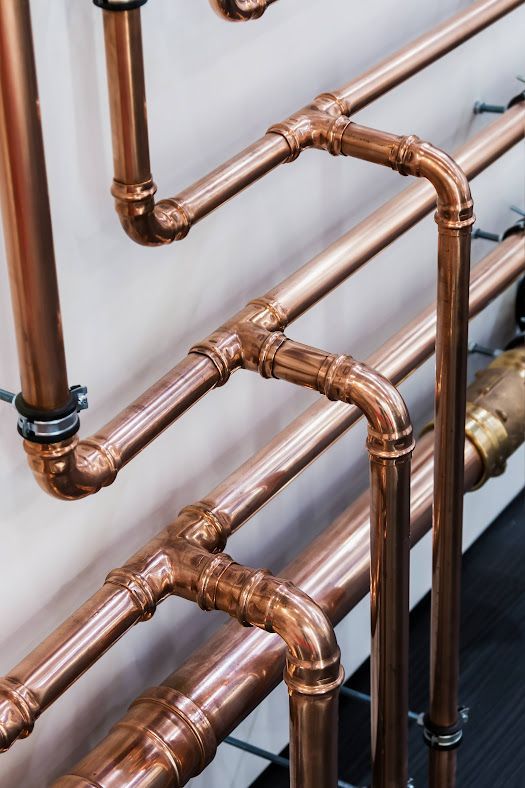
How Does Backflow Testing Work?
The goal of a backflow test is to ensure the home’s backflow preventer valves work correctly. A backflow preventer valve is in the connections within the home’s plumbing. The valves are installed at various locations throughout the system in any area in which a risk of water backflow can enter the plumbing system.
Once you contact a plumber to check your water, the first step is to turn the downstream shut-off valve. After a few moments, the plumber will test your valves by using a hose and gauge as the valves are opened and closed. The gauge will tell the plumber whether or not the valves are functioning correctly.
Additionally, the plumber will inspect any other obvious signs of backflow in your clean water to see if they correlate with the malfunctioning preventer valves.
How Can You Tell If a Backflow Preventer Valve Is Bad?
There are several signs you have a bad backflow preventer valve. One obvious sign is a foul smell coming from different areas in your home. A sulfur or rotten egg smell can begin to emit as the contaminated water backs up in your plumbing system.
You will also notice a slow flow as water drains from sinks, tubs, and toilets. The water can become yellow or brown in color, and particles or sediment may be present in the water flow. Your drinking water may also begin to have a bad taste.
Why Is Backflow Testing Important?
There are several important reasons why you should have your backflow preventer valves tested. One reason is the prevention of disease. Sewage is rife with bacteria that can spread dangerous diseases in your drinking water. Your entire family can get sick with a host of illnesses including salmonella and dysentery.
You also need to ensure there are no heavy metals leaching into your home’s water source. This is common in more urban areas where commercial businesses, such as restaurants, have pipe damage after years of commercial use. Over time, the pipes can begin to leech copper and other metals into the groundwater.
In addition, backflow testing is necessary to prevent the contamination from chemicals such as herbicides and insecticides. Over time, these chemicals can build up and get into your home’s water system. If your backflow preventer does not work, you risk the chemicals getting in your water.
How Can You Prevent Issues with Your Backflow Preventer Valves?
The best way to prevent any issues with your backflow preventer valves is through regular inspection. A licensed plumber will come to your home on an annual basis to ensure the plumbing system works correctly. This step will help ensure your home’s water is clean, safe, and free from contaminants.
If you have any questions about backflow testing or if you have any other problems with your home’s plumbing system, please contact the professionals at Quality Plumbing . We provide a wealth of plumbing services to ensure your home’s plumbing functions properly. We look forward to working with you on all your plumbing needs.

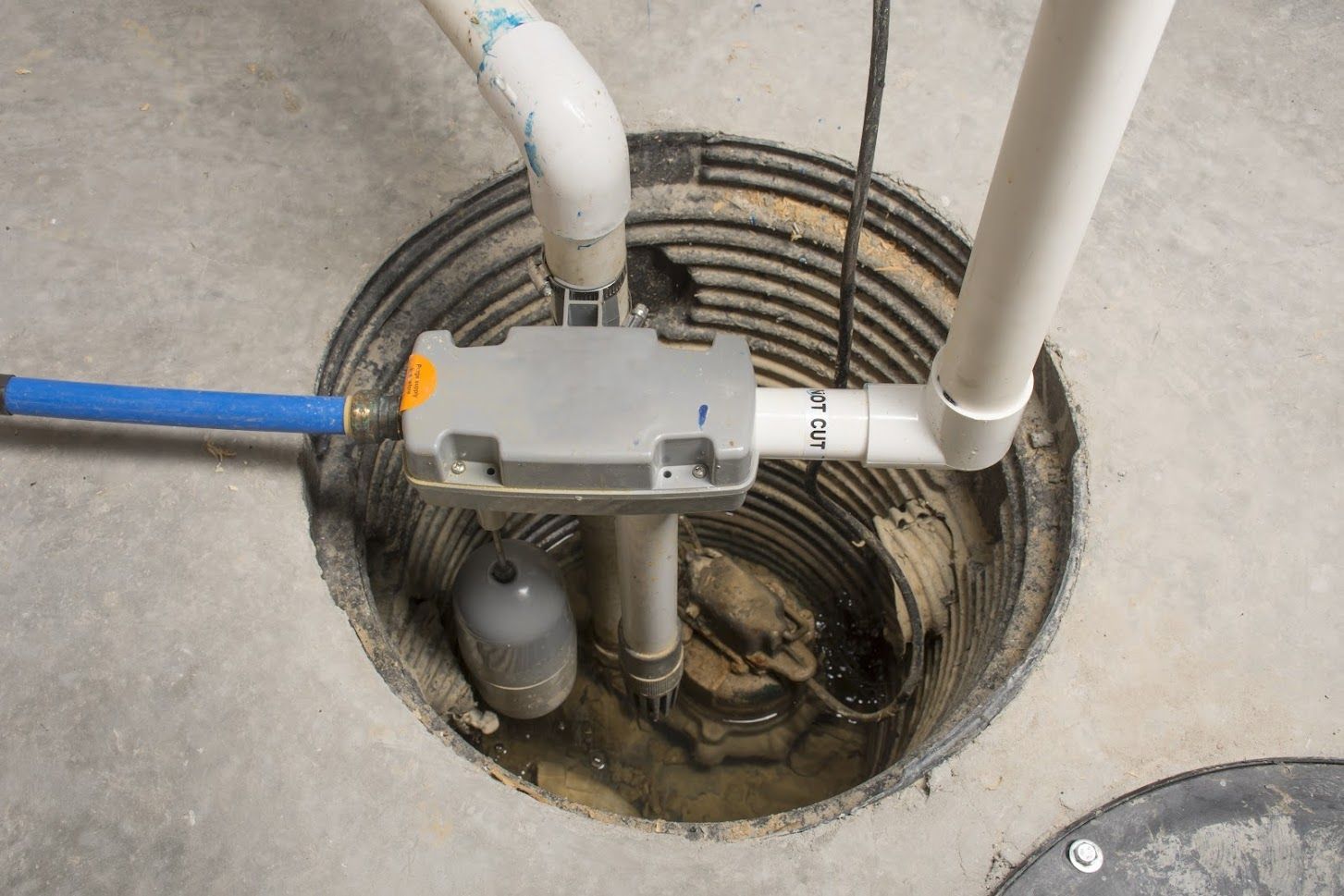

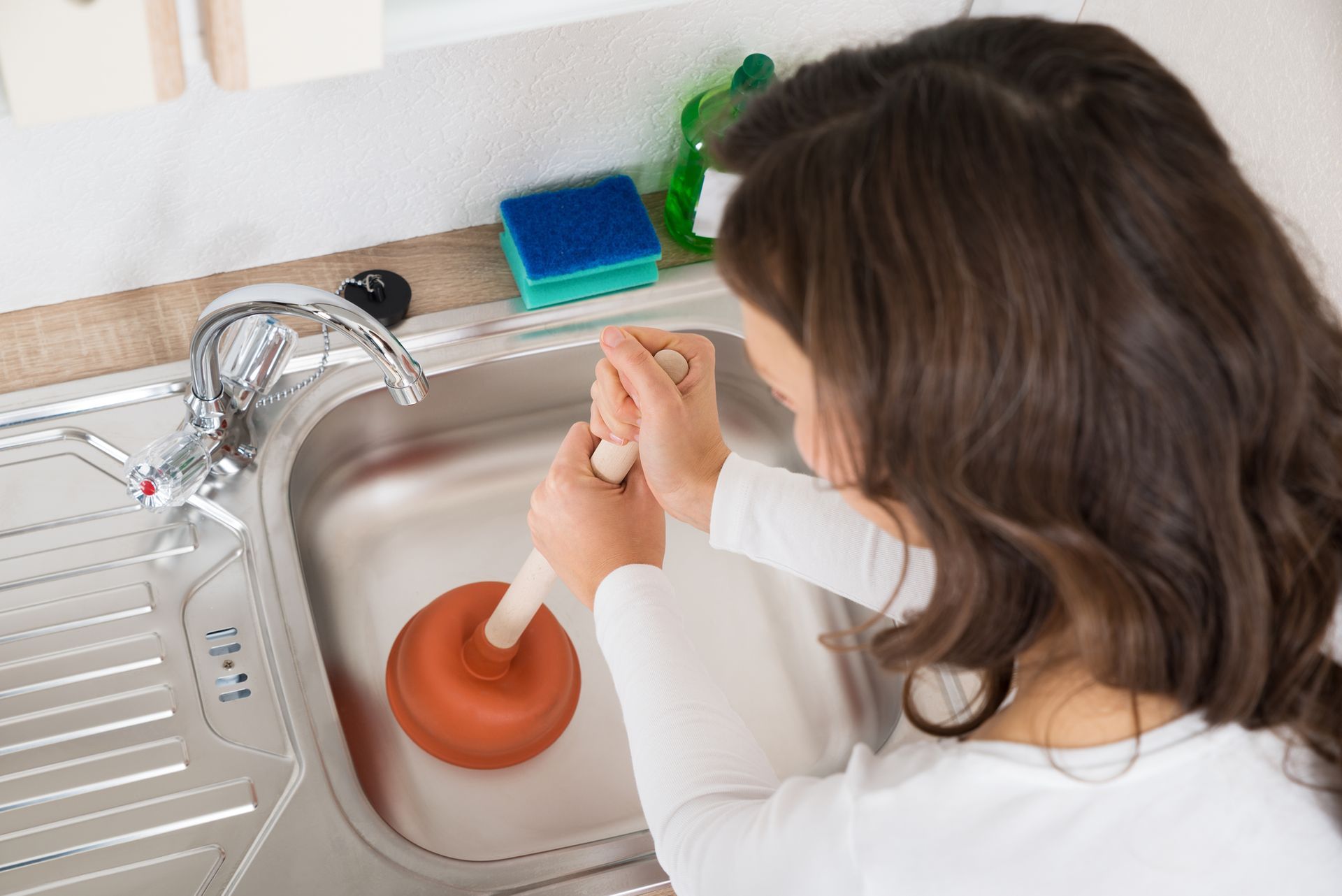

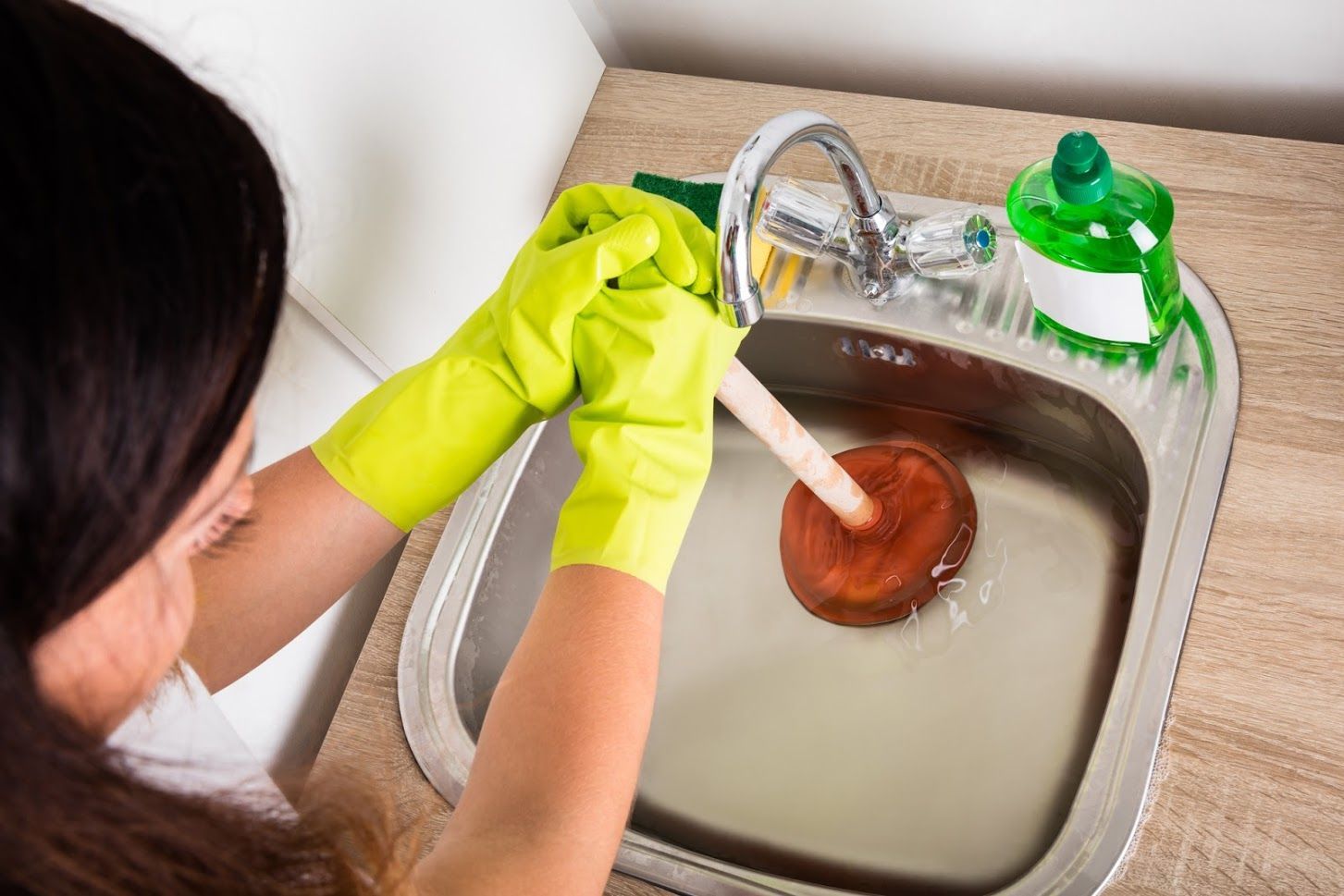
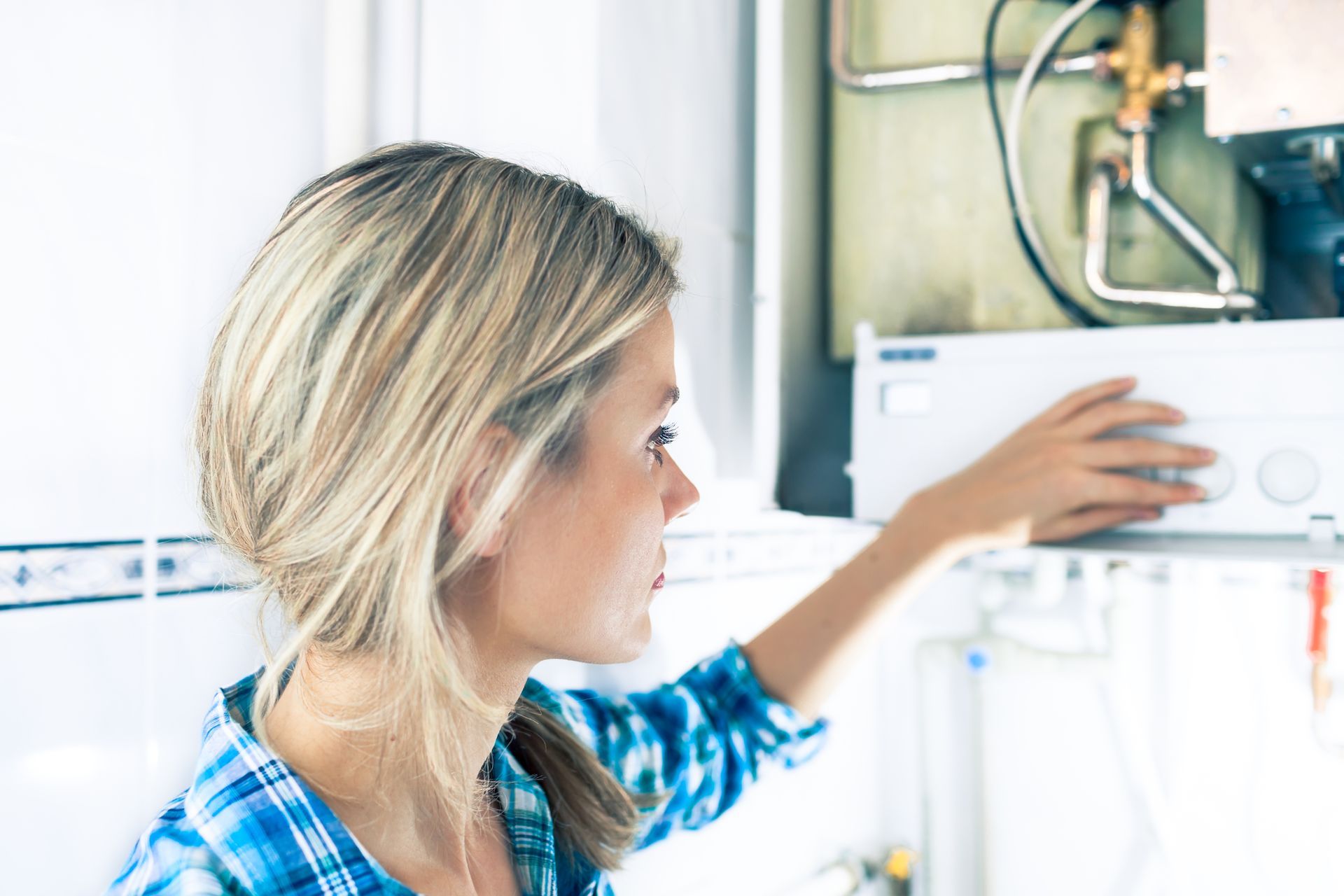

★★★★★
The total process from booking a service call, by phone, to the installation of a steel reinforced waterline hose on our refrigerator, was a pleasurable experience. A retired plumber recommended QP. Jeff had to pull out the refrigerator, remove the plastic waterline, install the new waterline, check to make sure the water dispenser was working and put the refrigerator back. Jeff was careful and mindfull of our wooden floor as the refrigerator was in a built-in cabinet. Since we live in a condo we want to eliminate all possibilities for a water leak. Jeff not only did his skillful job, he also educated us on the different water supply lines. I would recommend QP.
- Janeine G.
Button
★★★★★
Quality Plumbing did a rough-in plumbing install for a bathroom and kitchen sink in my basement. Very communicative, helped plan the space, and did a great job on the install. Will be using them again!
- Ian H.
Button
★★★★★
Called them when my water heater broke, they were over same day with a new one. Logan is great, he's fixed a couple things over the last year and is always professional and informative.
- Nick B.
Button
★★★★★
Quality plumbing is amazing 👏 when my brothers home had a problem with water pressure, they were able to schedule quickly, identify the problem and provide cost effective solutions quickly. When they did the work, they were on time on budget and cleaned up everything afterwards. Thank you for your great service Quality Plumbing! …
- Rich R.

★★★★★
Quality Plumbing is my go-to plumbing company for all my projects. I had one big project and after meeting Jeff, I’ve specifically requested him to come out for my other 2 projects. He’s incredibly punctual, efficient, and keeps the area nice and clean. Great to communicate with and provides clear answers to all my questions. Jeff is very professional and knowledgeable in his craft. Every time I call, Delaney will always pick up my phone calls and get me scheduled right away. Never had great success with plumbing companies until I started working with Quality Plumbing. They have unbeatable prices and will provide you with an honest solution to your problems. Highly recommend choosing Quality Plumbing!
- Alex D.
Button

★★★★★
The total process from booking a service call, by phone, to the installation of a steel reinforced waterline hose on our refrigerator, was a pleasurable experience. A retired plumber recommended QP. Jeff had to pull out the refrigerator, remove the plastic waterline, install the new waterline, check to make sure the water dispenser was working and put the refrigerator back. Jeff was careful and mindfull of our wooden floor as the refrigerator was in a built-in cabinet. Since we live in a condo we want to eliminate all possibilities for a water leak. Jeff not only did his skillful job, he also educated us on the different water supply lines. I would recommend QP.
- Janeine G.
Button
★★★★★
Quality Plumbing did a rough-in plumbing install for a bathroom and kitchen sink in my basement. Very communicative, helped plan the space, and did a great job on the install. Will be using them again!
- Ian H.
Button
★★★★★
Called them when my water heater broke, they were over same day with a new one. Logan is great, he's fixed a couple things over the last year and is always professional and informative.
- Nick B.
Button
★★★★★
Quality plumbing is amazing 👏 when my brothers home had a problem with water pressure, they were able to schedule quickly, identify the problem and provide cost effective solutions quickly. When they did the work, they were on time on budget and cleaned up everything afterwards. Thank you for your great service Quality Plumbing! …
- Rich R.

★★★★★
Quality Plumbing is my go-to plumbing company for all my projects. I had one big project and after meeting Jeff, I’ve specifically requested him to come out for my other 2 projects. He’s incredibly punctual, efficient, and keeps the area nice and clean. Great to communicate with and provides clear answers to all my questions. Jeff is very professional and knowledgeable in his craft. Every time I call, Delaney will always pick up my phone calls and get me scheduled right away. Never had great success with plumbing companies until I started working with Quality Plumbing. They have unbeatable prices and will provide you with an honest solution to your problems. Highly recommend choosing Quality Plumbing!
- Alex D.
Button








